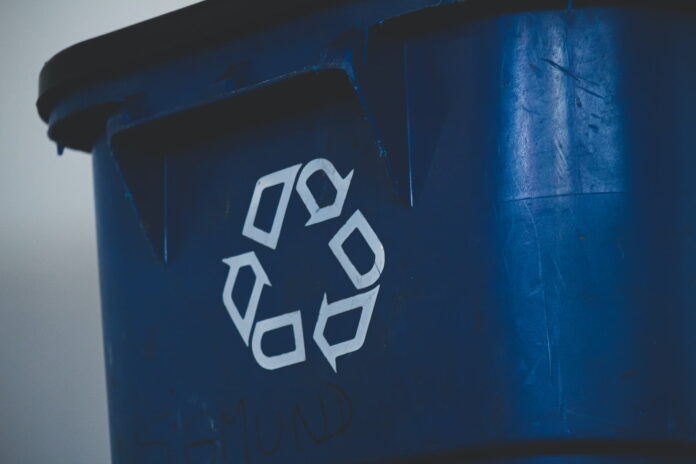The beverage industry, a significant contributor to global packaging waste, is undergoing a transformation driven by an increased awareness of environmental sustainability. As eco-conscious consumers demand more from manufacturers, the industry is responding with innovative solutions to reduce the ecological footprint of drink packaging.
Sustainable Materials in Drink Packs
The shift towards sustainable materials in beverage packaging is a critical step in reducing environmental impact. Manufacturers are increasingly turning to plant-based plastics, such as PLA (polylactic acid), which is derived from renewable resources like cornstarch or sugarcane. These bioplastics are designed to have a lower carbon footprint compared to traditional petroleum-based plastics. Additionally, the incorporation of recycled materials, such as rPET (recycled polyethylene terephthalate), in bottles and cans helps to close the loop on packaging waste by giving a second life to previously used plastics.
Innovation doesn’t stop at the materials themselves; the design of the packaging is also evolving. Companies are engineering lighter weight bottles and cans that require less material to produce, thereby reducing resource consumption and transportation emissions. Furthermore, advancements in material science have led to the development of more durable paper-based solutions, such as cartons made from sustainably sourced wood fiber that are fully recyclable and can even be composted under the right conditions.
The push for sustainability has also led to creative partnerships between beverage companies and material suppliers. These collaborations aim to develop new materials that not only perform well but also meet stringent environmental standards. One such example is the use of aluminum in cans, which, while not new, has seen a resurgence due to its high recyclability and the potential for continuous reuse without degradation in quality. Through these efforts, the beverage industry is demonstrating that sustainability and functionality can go hand in hand.
Innovations in Reusable Bottles
Reusable bottles represent a direct challenge to the single-use culture pervasive in the beverage industry. Stainless steel and glass bottles have become popular for their durability and ability to preserve the taste and quality of drinks. These materials are endlessly recyclable and promote a reuse mindset among consumers. Additionally, innovative designs featuring built-in filtration systems or smart technology that tracks hydration are making reusable bottles more appealing and functional than ever before.
The rise of water refill stations in public spaces, such as airports and parks, complements the adoption of reusable bottles. These stations encourage consumers to refill their bottles on the go, reducing the reliance on disposable packaging. Certain brands have started to offer subscription-based models where customers can refill their branded bottles at participating stores or receive door-to-door delivery of beverages in returnable glass bottles, reminiscent of the traditional milkman service.
Design plays a crucial role in the success of reusable bottles. Ergonomics, aesthetics, and convenience are all considered to entice consumers to make the switch from disposables. Innovations such as collapsible bottles, integrated carrying loops, and magnetic quick-release caps are just a few examples of how design is being leveraged to improve user experience. By prioritizing both form and function, the industry is making strides in normalizing the use of reusable bottles as a practical and stylish choice for everyday hydration.
The Future of Biodegradable Packaging
Biodegradable packaging represents the frontier of eco-friendly beverage packaging solutions. Research and development are focusing on materials that can break down naturally within a short time frame after disposal, leaving minimal environmental impact. For instance, the use of biopolymers made from algae or agricultural waste offers a promising avenue for creating packaging that can degrade in a composting environment or even in natural bodies of water without harming wildlife.
The challenge with biodegradable packaging is ensuring that it performs as well as traditional materials in terms of protecting the product and sustaining shelf life. Innovations in coatings and additives are being explored to enhance the barrier properties and mechanical strength of biodegradable packaging. Some companies are investing in the development of edible packaging, eliminating waste altogether by allowing consumers to consume the packaging along with the beverage.
The potential of biodegradable packaging hinges on advancements in composting infrastructure and consumer education. For biodegradable materials to be effective, they must be disposed of properly in facilities that can handle them, which are not yet widely available. Educating consumers about how to dispose of biodegradable packaging correctly is equally important to prevent contamination of recycling streams or littering. As these challenges are addressed, biodegradable packaging could very well become the standard for the beverage industry in a future that prioritizes sustainability over convenience.
Eco-advances in beverage packaging are reshaping the industry and offering hope for a more sustainable future. The integration of sustainable materials, the growing popularity of reusable bottles, and the pioneering efforts in biodegradable packaging are all steps in the right direction. These innovations demonstrate a commitment to environmental responsibility and highlight the potential for significant change in reducing the beverage industry’s ecological footprint. As technology evolves and consumer habits shift, the continued progress in eco-friendly packaging will play a pivotal role in the global pursuit of sustainability. With continued investment and innovation, the dream of a zero-waste beverage industry is becoming an increasingly attainable reality.
